Bio 103
5.0(1)
5.0(1)
Card Sorting
1/64
Earn XP
Study Analytics
Name | Mastery | Learn | Test | Matching | Spaced |
|---|
No study sessions yet.
65 Terms
1
New cards
Cell Theory
States that: A cell is the smallest unit of life that makes up all living things. Cells can only come from preexisting cells.
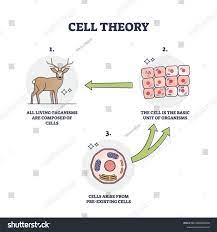
2
New cards
Prokaryotic cells
Don’t have a nucleus or plasma-bound organelles
Grows by binary fission and reproduces using conjunction pili.
Grows by binary fission and reproduces using conjunction pili.
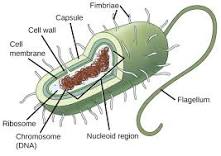
3
New cards
Eukaryotic cells
Have a nucleus (a plasma sack with DNA) and plasma-bound organelles (lysosomes and vacuoles) Grows by mitosis and reproduces using meiosis
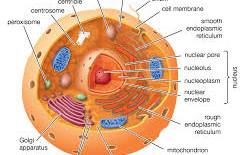
4
New cards
Cell membrane
Forms a boundary to control what goes in or out of a cell.

5
New cards
Cytoplasm
Biological goo with monosaccarides
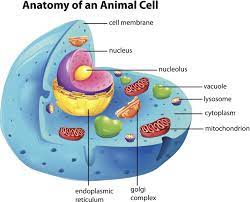
6
New cards
Ribosomes
Reads mRNA and makes protien

7
New cards
DNA
Prokaryotic: Circular Plasmid
Eukaryotic: Linear Straight
Eukaryotic: Linear Straight
8
New cards
Cell wall
Only fungi and plants
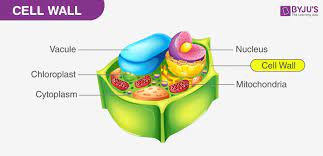
9
New cards
Flagella
For movement both cell type have this, but in eukarya its just sperm cells
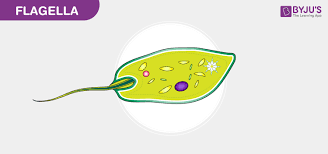
10
New cards
Plasma membrane
controls what goes in or out of the cell

11
New cards
Phospholipids
The most important part of the plasma membrane that has a bond at the tails causing a bilayer that allows water to cross pass.
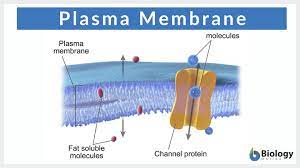
12
New cards
Proteins
Controls what can cross the plasma membranes
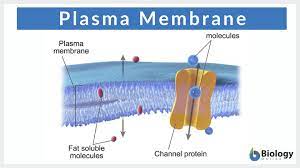
13
New cards
Channel protein
Makes the molecule a specific hole for a particle to pass through the membrane
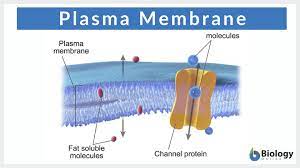
14
New cards
Pump protein
Uses ATP to move big molecules like glucose
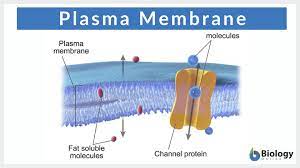
15
New cards
Cell recognition protein
Helps the immune system
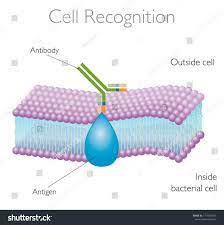
16
New cards
Receptor protein
binds molecules
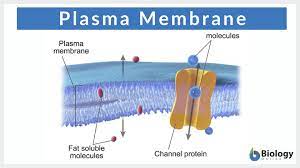
17
New cards
Charbohydrates
help the immune system know self from nonself
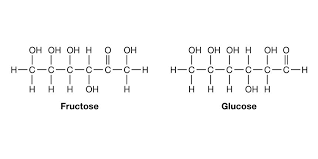
18
New cards
Cholesterol
Keeps plasma membrane stable
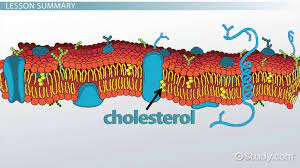
19
New cards
Fluid mosaic model
Explains how the plasma membrane functions

20
New cards
Simple diffusin
Moving from an area of high concentration to low concentration without using any ATP
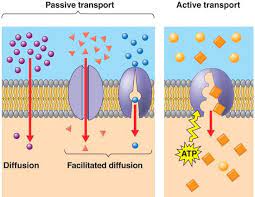
21
New cards
Facilitated diffusion
Moving from high concentration to low concentration with a protein and no ATP energy (Faster)
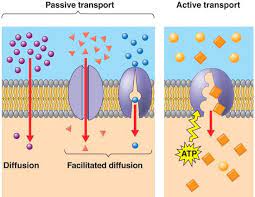
22
New cards
Active Transport
Using ATP to move things
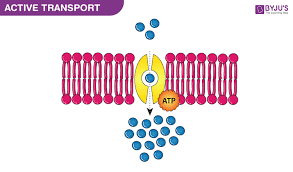
23
New cards
Endocytosis
Cell brings in a lot of molecules all at one time. The cell does this by using the cell membrane to pinch inward to make a vesicle
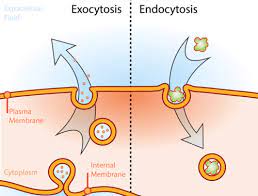
24
New cards
Phagocytosis
When a cell eats another organism
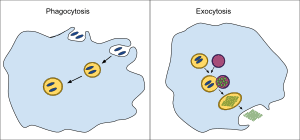
25
New cards
Exocytosis
Moving a lot of molecules out of a cell at one time
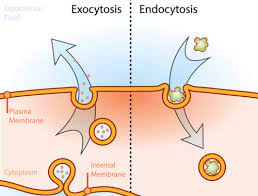
26
New cards
Organelle
Tiny organ inside a cell with a specific function
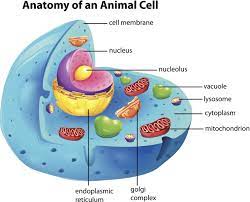
27
New cards
Nucleus
Plasma membrane sack of DNA. DNA can’t leave the nucleus
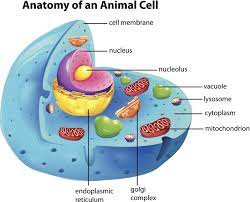
28
New cards
mRNA
Messenger RNA which can leave the nucleus
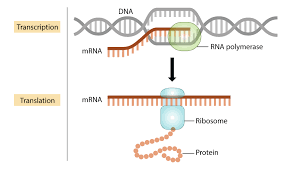
29
New cards
Endomembrane system
Plasma membrane-bound organelles inside the cell
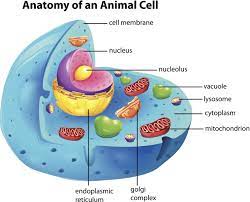
30
New cards
Rough Endoplasmic Reticulum (ER)
Ribosome attached membrane sack for protein folding
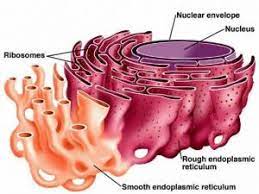
31
New cards
Smooth Endoplasmic Reticulum (ER)
Plasma membrane sack that makes lipids and detoxifies cells

32
New cards
Golgi Apparatus
Folding proteins
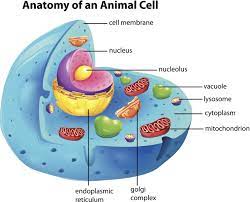
33
New cards
Lysosome
Enzyme responsible for breaking down engulfed particles and old organelles.
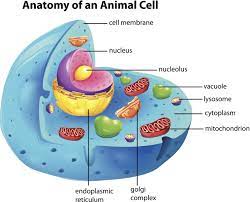
34
New cards
Vacule
Storing stuff i.e. Lipids and water

35
New cards
Cytoskeleton
Organelles giving cells their shape and structure
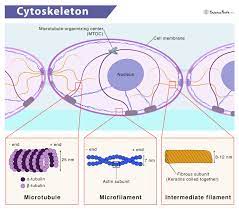
36
New cards
Microtubule
Protein rods that are made to be a highway for the motor proteins
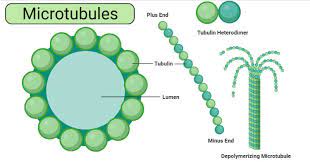
37
New cards
Filament
Protein rod near cell membrane which helps give shape as well as muscle contractions
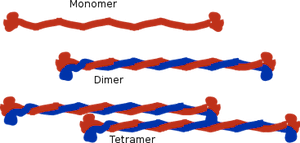
38
New cards
Motor Proteins
Move molecules across the cell (Each Step uses 1 ATP energy Molecule)
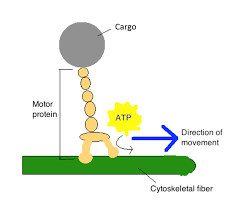
39
New cards
Energy Cells/System
Organelles making energy molecules
40
New cards
Chloroplast
Has 3 separate membranes and has its own DNA separate from the nucleus. This organ preforms photo synthesis
41
New cards
Mitochondrion
Has 2 separate membranes and has its own DNA separate from the nucleus. This cell performs Aerobic Cellular Respiration by turning glucose into ATP energy
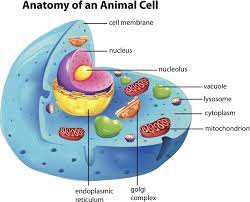
42
New cards
Endosymbiosis Theory
Explains why some eukaryotic cells have chloroplasts and mitochondrion organelles
43
New cards
Brownian Motion Theory
All molecules are constantly moving and go from high to low concentration without using energy (simple diffusion)
44
New cards
Osmosis
Water moving
45
New cards
Green tube experiment
Water moves from low concentration to high causing osmosis
46
New cards
Isotonic
Same solute: water ratio on the inside and outside of the cell.
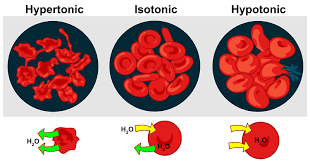
47
New cards
Hypertonic
One solution has more solute causing the water to flow out of the cells making them shrivel and die
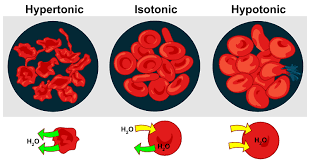
48
New cards
Hypotonic
One solution has less solute and more water this is because the water flows into the cell. Plant cells will stay healthy, but animal cells will pop/burst.
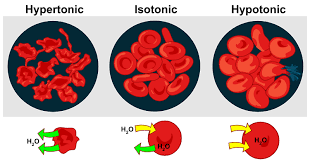
49
New cards
Antibiotic
A chemical that kills prokaryotic and bacteria cells
50
New cards
Energy
Capacity to do work
51
New cards
Kinetic Energy
Motion energy
52
New cards
Potential Energy
Stored Energy
53
New cards
ATP
Adenine triphosphate most common form of energy
54
New cards
Thermodynamics
Energy laws that all biological systems follow
55
New cards
Law number 1
Energy cannot be created or destroyed but can change from one form to another.
56
New cards
Law number 2
Energy cannot change from one for to another without loss of usable energy (Heat)
57
New cards
Cellular Motabolism
All chemical reactions inside a cell
58
New cards
Metabolic Pathway
Specific sequence of enzymes turning inputs into outputs
59
New cards
Big Theme
Biological systems are lazy and want to do the most work with the least amount of effort
60
New cards
Enzyme
protein with a specific shape that if broken won’t work anymore.
61
New cards
Denature
Changing the shape of an enzyme. Things that can cause denature are: Heat, pH, Salt/salinity
62
New cards
Catabolic
Bond breaking
63
New cards
Anabolic
Bond Making
64
New cards
Lactuse
Breaks lactose disaccharide into a monosaccharide
65
New cards
Trypsin
Turns milk protein casein into a morphine analog